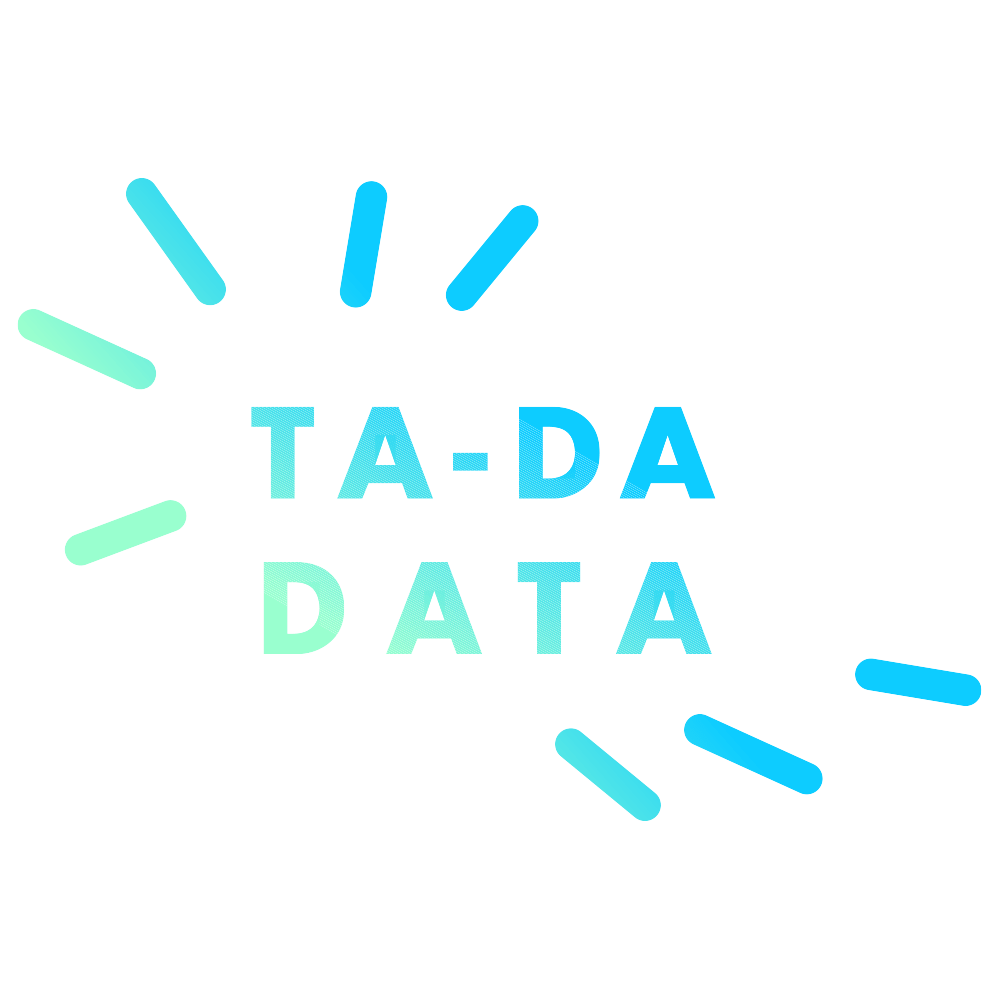
![]() Insights
Insights
The gradual disappearance of cookies, the arrival of AI, and worldwide economic uncertainty have highlighted significant scope for improvement in the conventional approach to digital marketing strategies. Because of this, businesses are more likely to reach a plateau in performance than in previous years.
An overreliance on ROAS targets and limitations in traditional attribution models mean siloed decision-making is more common and overlooks multiple critical touchpoints in the user journey. That’s why developing and implementing a digital marketing maturity framework is now more important than ever, as it allows your business to grow past the plateau, evolve your strategy, and achieve sustainable success.


To gain a more robust understanding of your business’s digital maturity, the first thing to do is check your company’s digital maturity against Google’s digital maturity benchmark. The benchmark report assesses a company’s digital maturity against various factors, including attribution, audience, and organisation.
From here, the Google digital maturity benchmark then places the business into one of four ranks based on where it falls against the criteria:
Low digital maturity
High digital maturity
What these four stages of digital maturity do is allow businesses to gain a deeper understanding of where they sit against industry best practices. This will enable them to assemble a digital maturity roadmap to improve or sustain their rank within the framework.
For example, ‘Nascent’ companies often have a single-channel focus and highly depend on third-party data. Meanwhile, ‘Connected’ companies employ integrated multi-channel marketing and advanced use of owned first-party data.
After discovering where your business sits on the digital maturity scale, the next step is turning these insights into actions. Three pillars need to be implemented as part of a digital maturity framework which are:
Business objectives
Audience analysis
Customer journey.
All three pillars can enhance the collection, analysis, and insights found in data, which, in turn, future-proof digital strategies and empower businesses to make smarter decisions on their road toward digital maturity. Taking an organisation ranked ‘Nascent’ as an example, the first essential step toward digital maturity is building a data-driven strategy for collecting identifiable information.
This makes it possible to stitch critical parts of the customer journey together, allowing the business to move closer to its audience. Going directly to the audience at the point of interaction is vital when filling in the gaps from lost third-party data and transforming it into usable data, which can improve digital maturity.
Whether it’s using online push notifications or in-person at the check-in of a hotel, there are multiple opportunities to prompt users to provide rich data that can build a greater understanding of an audience, generate leads, and evolve a digital strategy. This process also allows for gathering essential data at the start, middle, and end of user journeys.
However, changes to government regulations and movements in consumer privacy awareness mean businesses must provide value in exchange for identifiable information. Most importantly, once companies have that information, they must put it to use as effectively as possible. Making this a priority will naturally direct you toward digital maturity.



Moving away from focusing on the number of leads, digital maturity is also about attributing their quality: When and why they happened. This is also where machine learning and artificial intelligence come in. Machine learning makes it possible to crunch the data of millions of users, capturing the performance of extended periods in your business. You can then estimate the likely future value of a user’s actions by statistically modelling the historical data of all the users before them.
For example, someone making a phone call requesting a change to a booking will not drive lifetime value. But a call to find out new information about a potential booking is, and that will again vary by which product customers want to talk about. This visibility makes it possible to make informed changes to your digital marketing investments based on individual performance. Each product will have a different performance profile, and the heightened perspective gained from defining value by-products creates opportunities for your organisation to continue improving its digital maturity.
The digital landscape is evolving quicker than ever, with many new challenges emerging. What we tend to see is businesses hitting a performance plateau and struggling to break through it by solely focusing on channel optimisation. The key to unlocking this next phase of growth comes with digital maturity.
Harnessing customer data to decide the next smartest move is the path your business needs to take. Understanding where you rank in the digital maturity framework enables you to start creating a roadmap and connect more of the dots between your business, customers, and marketing efforts. But reaching the rank of ‘Multi-moment’ isn’t the end of the story.
Reaching this point means your business will have compelling knowledge of what’s working and what isn’t. But it’s also about remaining agile to changes in the industry landscape as your business continues to mature and evolve.

In today’s digital landscape, senior marketers must realign their approach to deliver a seamless brand experience and drive future growth. The role of search is evolving and this is creating significant disconnect between user search behaviour and business search strategies.
Brands must now optimise across a broader spectrum of touchpoints to thrive in this evolving ecosystem and maximise the value of online content.
At our upcoming in-person event in Manchester on the 15th October, “Future Trends of SEO”, our experts will explore how organic has evolved, and discuss the opportunities stemming from these shifts.


![]() Insights
Insights

![]() Insights
Insights

![]() Insights
Insights